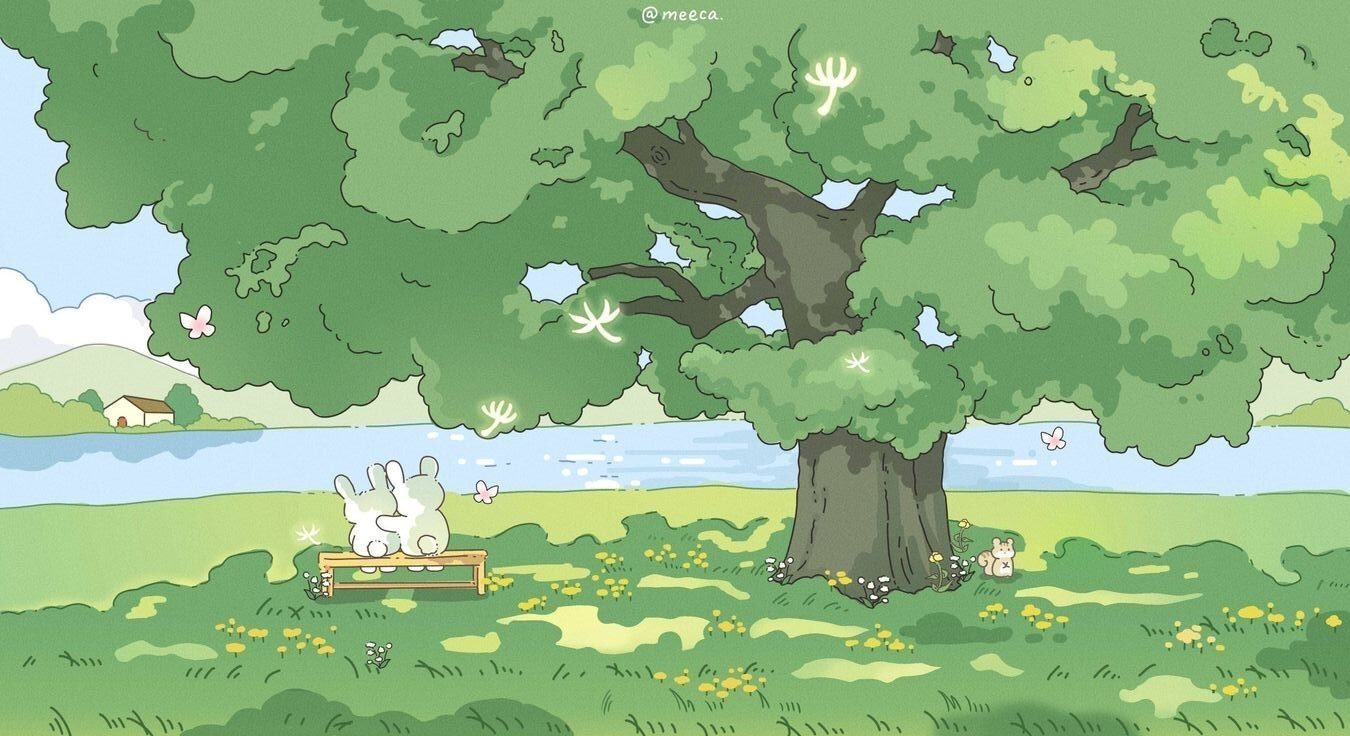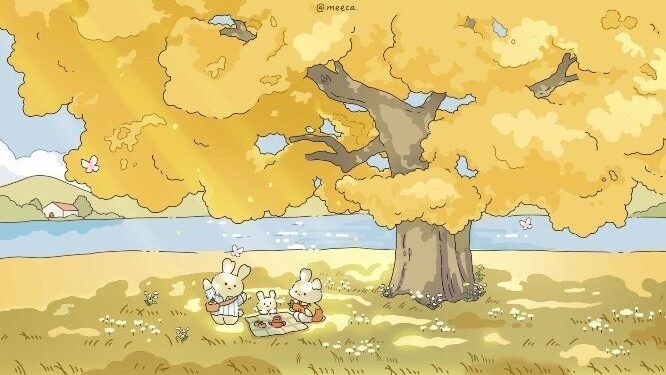“Your work is going to fill a large part of your life, and the only way to be truly satisfied is to do what you believe is great work. And the only way to do great work is to love what you do.” – Steve Jobs
Happy and fulfilling life refers to that life where one feels relieved and satisfied in whatever things they do. In their life they make choices that lead to much happier , healthier and content feeling . Journey to a fulfilling life can be different for every person . So, whether you’re dealing with a period of transition, looking for ways to refresh your lifestyle, or want to spice up your daily routine, understanding how the experts navigate their day-to-day lives is key. This article by us [ INT100 ] is based on best of our knowledge .
Ways to live a fulfilling life :
1. Accepting ups and downs as a part of life
The ups in life, such as moments of triumph, love, and achievement, bring immense joy and a sense of fulfillment. These are the times when everything seems to fall into place, and life feels harmonious. However, while the highs are undoubtedly rewarding, they are also fleeting. Clinging to them or expecting life to remain perpetually favorable can lead to disappointment when circumstances change. Instead, embracing these moments with gratitude allows us to savor them fully while preparing ourselves for the inevitable shifts that lie ahead.
On the other hand, the downs in life—periods of struggle, failure, or heartbreak—are often viewed as unwelcome intrusions. Yet, these moments hold profound value. They teach us resilience, humility, and the importance of perseverance. Challenges push us out of our comfort zones, compelling us to grow and adapt in ways we might never have imagined. They also provide perspective, helping us appreciate the brighter days more deeply. It is often through adversity that we discover our true strength and the depth of our character.

“Embrace life’s ups and downs, for the highs inspire gratitude, and the lows teach resilience—both shaping the strength within you.“
Accepting life’s dual nature requires a mindset shift. Instead of resisting or lamenting difficulties, we can choose to view them as opportunities for growth. This perspective helps us approach problems with a sense of curiosity rather than fear, asking, “What can I learn from this?” Similarly, celebrating successes without becoming overly attached to them allows us to remain grounded, knowing that life is ever-changing.
One of the most profound lessons in accepting ups and downs is the realization of impermanence. Just as the seasons transition from one to another, so too do our experiences. No moment, whether joyful or painful, lasts forever. This understanding can be both comforting and empowering, as it reminds us to cherish the good times and endure the hard ones with hope for brighter days.
2. Connectivity with positive and loving people
Human beings are inherently social creatures, and the relationships we nurture play a pivotal role in shaping our emotional, mental, and even physical well-being. Connectivity with positive and loving people is more than just a source of joy; it is a cornerstone of a meaningful and fulfilling life. These relationships provide support, encouragement, and a safe space to grow, helping us navigate the complexities of life with resilience and optimism.
Positive and loving people bring light into our lives by fostering an atmosphere of encouragement and hope. Their presence uplifts us, inspiring confidence and a sense of belonging. They celebrate our successes, offer a comforting shoulder during struggles, and encourage us to chase our dreams. Unlike toxic relationships, which drain our energy, connections with such individuals are restorative, giving us the strength to face challenges with determination.
One of the most profound benefits of surrounding ourselves with positive people is the impact on our mental health. The warmth and kindness of loving individuals create a sense of security, reducing stress and anxiety. Engaging in meaningful conversations and shared experiences with these individuals enhances feelings of happiness and contentment. Studies have even shown that strong, positive relationships can improve brain health and reduce the risk of depression.

“Surround yourself with positive and loving people—they are the light that brightens your path and the strength that lifts your spirit.“
Connectivity with loving people also fosters personal growth. They encourage us to be the best versions of ourselves, gently guiding us to recognize our potential and overcome self-doubt. Constructive feedback from such individuals is rooted in care, helping us improve without feeling judged. Their unwavering belief in us often serves as a catalyst for achieving our goals and dreams.
Moreover, positivity is contagious. When we are surrounded by loving and optimistic individuals, we, too, are inspired to adopt a brighter outlook on life. This ripple effect spreads to others, creating a community of encouragement and support. These connections help build emotional resilience, reminding us that even in difficult times, we are not alone.
Cultivating connectivity with positive and loving people requires intentional effort. It begins with choosing relationships that align with our values and nourish our well-being. Equally important is being a positive presence in others’ lives by offering kindness, understanding, and support. In doing so, we not only attract like-minded individuals but also contribute to a cycle of love and positivity.
3. Clarity in goal
Clarity in goal-setting is the foundation of success and personal fulfillment. A clear goal acts as a compass, guiding our actions, decisions, and efforts toward a desired outcome. It is not merely about identifying what we want but understanding why we want it and how to achieve it. Without clarity, even the most ambitious aspirations can lose direction, leaving us overwhelmed and unproductive.
When goals are clearly defined, they provide focus and purpose. Knowing exactly what we are striving for enables us to channel our time, energy, and resources more effectively. It eliminates distractions and helps us prioritize tasks that align with our objectives. For example, a student with a clear goal of excelling in a specific subject will know how to allocate study time, seek appropriate resources, and track progress. Clarity eliminates ambiguity, making the path to achievement more manageable and structured.
Additionally, clarity in goal-setting fosters motivation and resilience. A clear understanding of what we aim to achieve keeps us inspired, even during challenging times. It provides a sense of direction and reminds us of the purpose behind our efforts. This mental clarity strengthens our resolve, helping us persevere through setbacks and obstacles. Goals that are vague or poorly defined, on the other hand, often lead to frustration and a lack of progress.

“Clarity in your goals is the map that guides you through life’s journey—without it, even the best intentions can lose their way.”
Clarity also enhances decision-making. When our goals are well-defined, choices become simpler. Each decision can be evaluated based on how well it aligns with our objectives. For instance, an entrepreneur aiming to grow their business can use their clear goal as a benchmark to assess potential opportunities and risks. This focused approach minimizes wasted effort and ensures that every step contributes meaningfully to the larger vision.
Achieving clarity in goal-setting requires careful planning and reflection. Goals should be specific, measurable, achievable, relevant, and time-bound (SMART). This framework helps refine vague aspirations into actionable plans. For instance, instead of setting a goal to “get healthier,” one might specify, “Exercise for 30 minutes five times a week and follow a balanced diet for three months.” Such precision makes the goal tangible and easier to pursue.
Equally important is aligning our goals with our values and passions. A clear goal resonates deeply with our sense of purpose, making the journey toward it more fulfilling. Regularly revisiting and refining our goals ensures they remain relevant to our evolving aspirations and circumstances.
4. Free one from opinion from others
The opinions of others can often weigh heavily on our minds, influencing our decisions, actions, and sense of self-worth. While seeking feedback and valuing the perspectives of those we trust is natural, allowing external judgments to dictate our lives can hinder personal growth and happiness. Freeing oneself from the opinions of others is essential for cultivating self-confidence, authenticity, and a fulfilling life.
One of the primary reasons people feel constrained by others’ opinions is the innate human desire for acceptance and belonging. We are social beings who thrive in communities, and approval from others often feels validating. However, excessive reliance on external validation can erode our individuality and lead to decisions that align with societal expectations rather than personal values. Breaking free from this need for approval enables us to live a life that reflects our true selves.

“True freedom begins when you stop seeking approval and start trusting your own voice.”
When we prioritize others’ opinions over our own, we risk losing sight of our unique aspirations and identity. This can lead to feelings of frustration, dissatisfaction, and a lack of purpose. By contrast, embracing our individuality allows us to pursue goals that resonate with our passions and values. Authenticity brings a sense of liberation, fostering genuine connections with those who appreciate us for who we truly are rather than who we try to be.
Freeing oneself from the opinions of others also strengthens resilience. Life is filled with challenges, and criticism is an inevitable part of the journey. If we allow negative judgments to dominate our thoughts, they can undermine our confidence and discourage us from taking risks. However, when we detach from external opinions, we become more focused on our own growth and progress. Constructive feedback can still be valuable, but it is filtered through a lens of self-awareness, ensuring it serves as a tool for improvement rather than a source of self-doubt.
Achieving freedom from the opinions of others requires cultivating self-awareness and self-acceptance. Understanding our strengths, weaknesses, and values helps build a strong sense of identity that is not easily shaken by external judgments. Practicing mindfulness can also help us become more aware of how we react to others’ opinions and enable us to let go of unnecessary worries. Surrounding ourselves with supportive and understanding individuals who encourage authenticity further reinforces this mindset.
5. Adapting innovation and creativity
Innovation and creativity are the cornerstones of progress in a rapidly changing world. They empower individuals, organizations, and societies to solve complex problems, improve efficiency, and drive transformative growth. Adapting to these powerful forces is not just a choice but a necessity in today’s dynamic environment. By embracing innovation and fostering creativity, we unlock opportunities to thrive in the face of challenges and create meaningful advancements for the future.
Innovation involves developing new ideas, processes, or products that address existing needs or open up new possibilities. Creativity, on the other hand, is the ability to think outside the box, challenge conventions, and envision novel solutions. Together, these qualities are the driving forces behind technological breakthroughs, cultural shifts, and social evolution. From the invention of the wheel to the rise of artificial intelligence, innovation and creativity have consistently shaped the trajectory of human civilization.
Adapting innovation and creativity requires a mindset that values curiosity, experimentation, and continuous learning. It starts with challenging the status quo and being open to new perspectives. Individuals and organizations that embrace change are more likely to identify opportunities for improvement and growth. For example, businesses that prioritize innovation often stay ahead of competitors by meeting emerging customer needs or developing cutting-edge technologies.

“Embrace innovation and creativity, for they are the keys that unlock new possibilities and shape the future.”
Creativity and innovation are particularly important in solving complex global challenges. Issues such as climate change, healthcare disparities, and resource scarcity demand fresh ideas and inventive approaches. By fostering creative thinking, we can develop sustainable solutions that balance economic, social, and environmental concerns. Innovations in renewable energy, biotechnology, and digital connectivity are prime examples of how creativity can drive progress on a global scale.
Fostering a culture of innovation and creativity requires supportive environments. Encouraging collaboration, providing resources, and rewarding risk-taking are essential components. For instance, workplaces that value diverse perspectives and allow employees the freedom to experiment often see greater innovation. Education systems that emphasize critical thinking, problem-solving, and artistic exploration also play a vital role in nurturing creative potential from a young age.
However, adapting to innovation and creativity also comes with challenges. Resistance to change, fear of failure, and resource constraints can hinder progress. Overcoming these obstacles requires resilience, adaptability, and a willingness to embrace uncertainty. Viewing failures as opportunities for growth and learning is crucial in maintaining momentum toward innovative goals.
6. A risk taker
Life is a journey filled with opportunities, challenges, and uncertainties. At the heart of progress and success lies the ability to take risks. Being a risk-taker is not about acting recklessly; rather, it is about stepping out of one’s comfort zone, embracing uncertainty, and pursuing goals with courage and determination. The willingness to take risks often separates those who achieve extraordinary accomplishments from those who settle for mediocrity.
Taking risks is essential for personal growth. It pushes individuals to explore their potential and discover new abilities. When we venture beyond the familiar, we open ourselves to learning experiences that shape our character and broaden our horizons. Whether it’s pursuing a new career, starting a business, or expressing an unconventional idea, taking risks allows us to challenge limitations and unlock hidden talents.
Risk-taking is also a catalyst for innovation and creativity. Many groundbreaking achievements in science, technology, and art were born from bold decisions that defied conventional norms. Figures like Thomas Edison, Steve Jobs, and Marie Curie dared to dream big and take risks, leading to inventions and ideas that transformed the world. Without risk-takers, progress would stagnate, and humanity would miss out on countless advancements.

“Be a risk-taker, for the greatest rewards are often found outside your comfort zone.”
Moreover, taking risks fosters resilience and adaptability. Not every risk will lead to success, but even failures provide invaluable lessons. Each setback teaches us how to persevere, improve, and navigate challenges with confidence. By embracing failure as part of the journey, risk-takers develop a mindset that thrives on growth and continuous improvement.
However, taking risks does not mean acting without consideration or preparation. It involves calculated decision-making, weighing potential benefits against possible consequences, and planning for uncertainties. Thoughtful risk-takers evaluate situations carefully, seeking advice, gathering information, and developing strategies to increase their chances of success.
One of the greatest barriers to taking risks is fear—fear of failure, rejection, or the unknown. Overcoming this fear requires courage and a shift in perspective. Viewing risks as opportunities for growth rather than threats to security can empower individuals to take bold steps toward their goals. Surrounding oneself with supportive and like-minded individuals also provides encouragement and motivation.
Conclusion
Everyone has their own definition of what happiness looks like. But, there are some common themes that seem to pervade most people’s understanding of happiness.
If you want to be happier in your life:
- Start by finding your passion and following it
- Do something that makes you happy everyday , even if it’s just a small thing.
- Help others whenever you can ; not only will it make them happier, but it will also make you happier.
- Spend time with loved ones and cherish those moments.
Do remember that a happy and fulfilling life is one where individuals experience genuine satisfaction and contentment in their choices and actions. While the journey to fulfillment varies for everyone, the common thread lies in making intentional decisions that align with personal values and aspirations. Whether navigating life’s transitions, seeking to revitalize routines, or learning from the habits of others, the key to fulfillment is staying true to oneself. By embracing growth, prioritizing well-being, and finding joy in everyday moments, one can cultivate a life that feels both meaningful and rewarding.


Leave a Reply